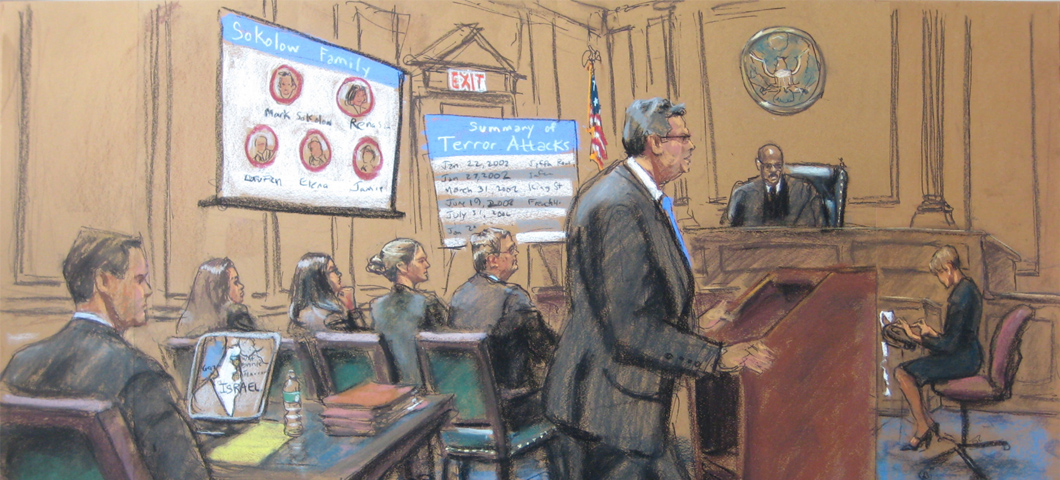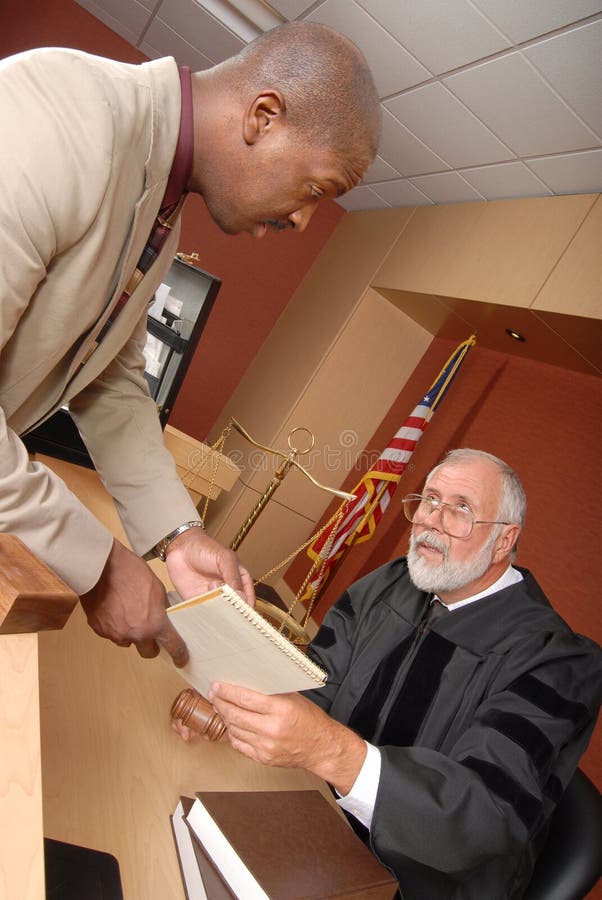The Function of Visual Aids in Successful Trial Presentations: A Guide for Lawyer
The Function of Visual Aids in Successful Trial Presentations: A Guide for Lawyer
Blog Article
Browsing the Complexities of Test Presentations: Tips for Seamless Shipment and Engaging Arguments
In the world of legal process, the art of test presentation stands as an important component of success. As attorneys navigate the complex web of courtroom dynamics, the capacity to flawlessly provide arguments and proof while captivating the jury's interest becomes paramount. The complexities integral in trial presentations call for a delicate equilibrium of skill, approach, and finesse. By sharpening techniques that make sure a refined distribution and crafting engaging disagreements that reverberate with the target market, attorneys can considerably enhance their campaigning for. In a world where persuasion preponderates, mastering the intricacies of test presentations is not just an option but a necessity for those looking for to dominate in the court.

Understanding Trial Objectives
To properly navigate a trial, it is essential to have a clear understanding of the goals that require to be accomplished. Before entering the court, legal teams should define their goals and desired results. These goals work as directing concepts throughout the test, forming techniques and affecting decision-making processes.
Recognizing test objectives involves an extensive evaluation of the situation, lawful criteria, and the customer's ideal rate of interests. Trial Presentations. It calls for a careful assessment of the realities, identifying vital issues, and expecting possible obstacles. By setting certain and measurable goals, attorneys can customize their discussions and debates to line up with the preferred results
Furthermore, a clear grasp of trial purposes enables legal groups to focus on evidence, witnesses, and legal arguments efficiently. It permits the development of a coherent story that reverberates with the discretionary, reinforcing the total situation presentation.

Organizing Proof Successfully
Having a clear understanding of trial goals lays the structure for arranging proof efficiently in lawful proceedings - Trial Presentations. By aligning the presentation of proof with the preferred end results of the trial, lawful teams can reinforce their arguments and enhance their persuasiveness. One critical aspect of organizing proof is categorization. Grouping evidence based upon themes or relevance to specific lawful components can aid improve the discussion and make complicated details a lot more absorbable for the judge or court.
One more crucial element in arranging proof properly is developing a logical circulation. Presenting evidence in a coherent and sequential way can aid develop a compelling narrative that supports the lawful arguments being made. Additionally, making use of aesthetic aids such as charts, graphes, or timelines can further boost the company of evidence and aid in making clear intricate partnerships or series of events.
In addition, guaranteeing that all evidence offered is relevant and permissible to the situation is essential. Inadmissible or unnecessary proof can linked here diminish the toughness of the argument and potentially harm the credibility of today event. As a result, a precise evaluation and option procedure should be embarked on to consist of only one of the most lawfully sound and impactful proof in the trial presentation.
Crafting Convincing Narratives
Crafting compelling stories plays a pivotal duty in offering influential disagreements during lawful process. A well-crafted narrative has the power to astound the audience, stimulate emotions, and eventually persuade the decision in support of the providing party. When constructing a narrative for a trial discussion, it is read the article necessary to establish a clear story that highlights bottom lines and connects them in a meaningful fashion. Begin by describing the facts of the instance in an engaging way, making certain that the series of occasions is simple to comply with. Introduce characters efficiently, offering background information that helps the target market recognize their motivations and actions. Additionally, including brilliant descriptions and engaging language can bring the story to life, making it a lot more unforgettable for the court and jury. By weaving together proof, statement, and legal disagreements into a cohesive and influential narrative, lawful specialists can effectively support for their clients and raise the chance of a positive end result in the court.
Grasping Aesthetic Help
Effective use aesthetic help is key to improving the influence and clarity of trial discussions. Aesthetic aids, when made use of purposefully, have the power to simplify complicated details, strengthen key points, and leave a long-term impression on the discretionary. To understand visual help in test discussions, it is vital to make certain that they are clear, concise, and relevant to the disagreements being made.
When integrating aesthetic aids, such as graphes, photographs, timelines, or graphs, into a trial discussion, it is crucial to maintain them aesthetically appealing yet expert. The visuals must complement the verbal arguments, giving an aesthetic depiction of the details being discussed without overwhelming the target market with unnecessary information.
In addition, practicing with the aesthetic aids beforehand is crucial to ensure a smooth distribution during the trial. Acquainting oneself with the web content, transitions, and timings of each visual aid can help maintain the flow of the presentation and stop technical problems that might emerge.
Supplying Impactful Closing Debates
A compelling closing debate functions as the culmination of a trial presentation, encapsulating the core story and encouraging the discretionary in the direction of a beneficial choice. To supply an impactful closing argument, it is crucial to succinctly evaluate bottom lines, highlight the strengths of your instance, and address any kind of weaknesses in a strategic fashion. Begin by detailing the primary disagreements that support your client's position, emphasizing why the evidence provided throughout the test sustains your story. It is necessary to create have a peek here a sense of communication and quality, guiding the discretionary in the direction of the desired final thought.
Furthermore, incorporating psychological allure can better strengthen your closing argument. Eventually, a well-crafted closing argument must leave a long-term perception, compelling the court and jury to rule in your customer's favor.
Final Thought
Finally, mastering test presentations entails comprehending purposes, organizing evidence, crafting stories, utilizing aesthetic aids, and delivering impactful closing debates. By applying these techniques successfully, legal representatives can present their case perfectly and make compelling disagreements in the courtroom. It is critical to navigate the intricacies of trial presentations with accuracy and ability to accomplish success in lawful proceedings.
By aligning the discussion of evidence with the desired end results of the trial, lawful groups can strengthen their disagreements and improve their persuasiveness (Trial Presentations). To master aesthetic help in trial discussions, it is vital to guarantee that they are clear, succinct, and appropriate to the disagreements being made
An engaging closing disagreement offers as the end result of a test discussion, encapsulating the core narrative and persuading the court and court towards a positive choice. Begin by outlining the major arguments that sustain your customer's position, emphasizing why the proof offered throughout the test supports your narrative.In conclusion, mastering trial presentations entails comprehending purposes, organizing proof, crafting narratives, using visual aids, and providing impactful closing disagreements.
Report this page